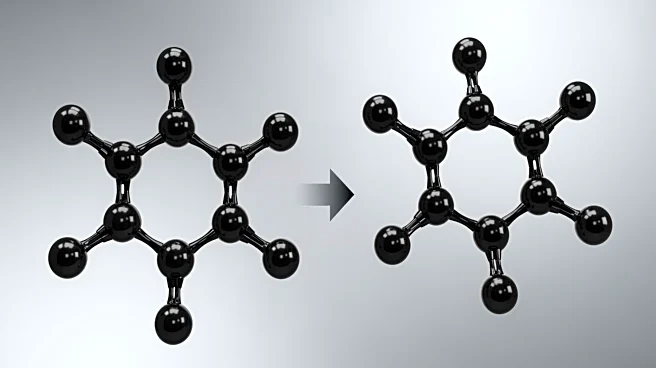What's Happening?
Melanin, a natural pigment found in many organisms, is being studied for its potential technological applications due to its unique properties. Melanin can absorb ionizing and non-ionizing radiation, converting it into thermal, chemical, and electrical
energy. This ability makes it a candidate for various technologies, including energy harvesting and photoprotection. Researchers are exploring both bottom-up and top-down approaches to better understand melanin's structure and properties, aiming to harness its capabilities for technological innovations.
Why It's Important?
The exploration of melanin's properties for technological applications could lead to significant advancements in fields such as renewable energy, photoprotection, and biocompatible materials. Melanin's ability to convert different types of radiation into usable energy forms positions it as a promising material for sustainable energy solutions. Additionally, its natural occurrence and biocompatibility make it an attractive option for medical and cosmetic applications. Understanding melanin's structure and behavior could unlock new pathways for developing advanced materials with unique functional properties.













